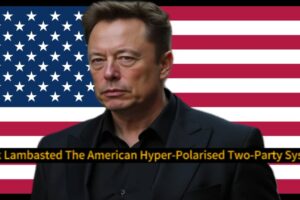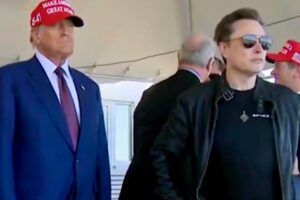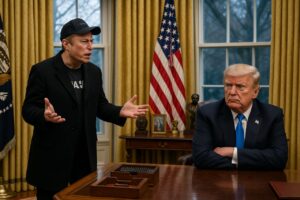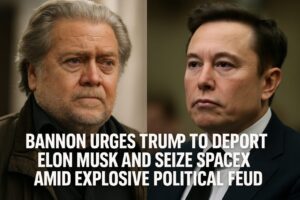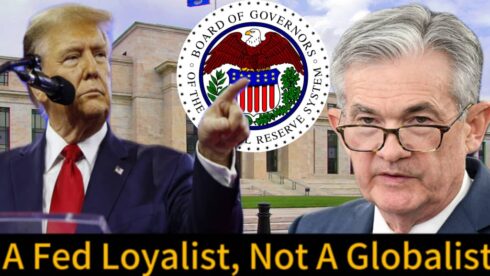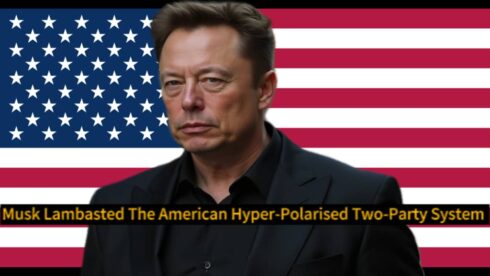U.S. District Judge William Alsup issued a scathing rebuke of the Trump administration’s mass termination of federal employees, ruling that the directive was unlawful and ordering agencies to reinstate tens of thousands of workers. In a sharply worded opinion, Alsup criticized the mass layoffs as politically motivated rather than performance-based, asserting that the government had “acted in bad faith” by purging employees without due process.
Alsup’s ruling applies to key federal agencies, including the Departments of Veterans Affairs, Defense, Energy, Interior, Agriculture, and Treasury, which were instructed to reinstate all probationary employees terminated on or around February 13. This date corresponds with Trump’s Office of Personnel Management (OPM) directive that initiated the dismissals. Alsup’s decision marks a major setback for Trump and his allies, including billionaire Elon Musk, who had vocally supported downsizing the federal workforce.
The Political Motives Behind the Mass Firings
Alsup’s ruling highlights concerns that the Trump administration deliberately targeted employees hired under previous administrations to reshape the federal workforce in its ideological image. The decision to fire probationary employees—who are often promoted due to strong performance—suggests that competence and experience were secondary to partisan loyalty. “It is sad, a sad day when our government would fire some good employee, and say it was based on performance, when they know good and well, that’s a lie,” Alsup declared.
The ruling comes amid broader discussions about politicization within federal agencies, with critics arguing that Trump’s restructuring efforts were a thinly veiled attempt to weaken bureaucratic resistance to his policies. By eliminating thousands of employees in vital departments, the administration effectively stalled government operations, leaving crucial agencies understaffed and unable to fulfill their mandates.
Elon Musk’s Support for Government Downsizing Backfires
Elon Musk, a vocal critic of government bureaucracy, had championed the mass firings as a necessary step to reduce what he called “inefficiencies” in federal agencies. The Tesla and SpaceX CEO, who has increasingly aligned himself with MAGA political figures, applauded the move at the time, arguing that the private sector operates more efficiently without layers of unnecessary employees. However, Judge Alsup’s decision directly challenges Musk’s narrative, emphasizing that many of those terminated were essential workers who played key roles in their respective agencies.
Musk’s involvement in the debate over government employment is part of his broader push to reshape public institutions in alignment with his free-market ideology. However, critics argue that his support for mass layoffs reflects a fundamental misunderstanding of how federal agencies function. The reinstatement order now forces agencies to rehire employees, undoing one of the largest workforce purges in modern government history.
Federal Agencies Scramble to Comply with Court Order
In response to Alsup’s ruling, federal agencies have begun compiling lists of terminated employees and assessing how to reintegrate them into the workforce. The judge explicitly demanded transparency, instructing department heads to provide a detailed account of every employee who was fired and the steps taken to ensure compliance with his order. While some agencies have moved swiftly to follow the mandate, others have expressed logistical concerns about restoring thousands of jobs simultaneously.
Legal experts suggest that the decision could set a powerful precedent, preventing future administrations from executing mass terminations without proper justification. “This ruling reaffirms that government employees are not pawns to be discarded for political convenience,” said one former OPM official. “It sends a strong message that due process matters, even in the highest levels of government.”
A Victory for Government Workers and Accountability
For many of the employees affected by the February 13 firings, the ruling is a long-awaited victory. Reports indicate that many of those dismissed were blindsided by their terminations, with some receiving notice mere hours before losing their jobs. The decision to reinstate them restores not only their livelihoods but also faith in the rule of law within government institutions.
Federal labor unions and workers’ rights organizations have hailed Alsup’s ruling as a triumph over political interference in public service. “This is a huge win for those of us who actually want a functioning government,” said a representative from the American Federation of Government Employees (AFGE). “We are finally seeing accountability for a reckless decision that undermined the efficiency of our government.”
Trump and MAGA Allies Fume Over Legal Defeat
Unsurprisingly, Trump and his allies have denounced the ruling, claiming it represents judicial overreach and an attempt to undermine his administration’s efforts to streamline government operations. “This is just another example of liberal judges protecting the deep state,” Trump posted on his social media platform, arguing that the federal government had become bloated with unnecessary employees.
Conservative media outlets have framed the decision as an attack on executive authority, warning that it could set a dangerous precedent for future administrations seeking to reform the bureaucracy. However, legal scholars point out that the ruling does not prevent presidents from terminating employees—only that such actions must be conducted lawfully. With the court-mandated reinstatements now in motion, the Trump-Musk vision of a downsized federal workforce has suffered a significant and potentially irreversible blow.


